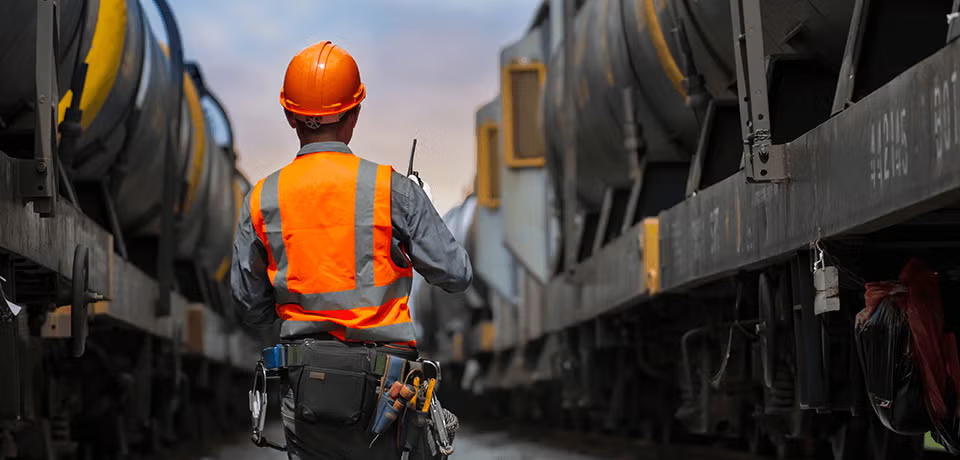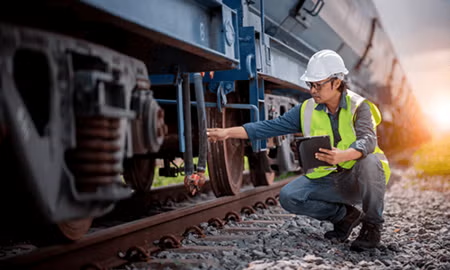78%
Decline in rail accident rates involving hazardous materials since 2000.
The transportation of chemicals requires a full range of safety measures to help prevent derailments, reduce the risk of a material release, and mitigate the impacts of an accident.
Safety is a shared responsibility. Transporting chemicals by rail is covered by a comprehensive federal regulatory framework. And by working together, shippers and rail carriers along with the federal government can build on existing efforts to further prevent rail accidents, protect communities, and ensure that vital products get to where they are needed without incident.
Chemical manufactures own or, lease rail cars used to ship our products, including tank cars equipped with special safety features to help prevent a release during a derailment. Shippers have made significant investments in recent years to upgrade their fleets and will continue to do so.
<1%
Of all train accidents have resulted in a hazmat release.
Moving forward, we must apply the lessons learned from accident investigations and rely on scientific data to determine what further safety measures will deliver the greatest benefit.






